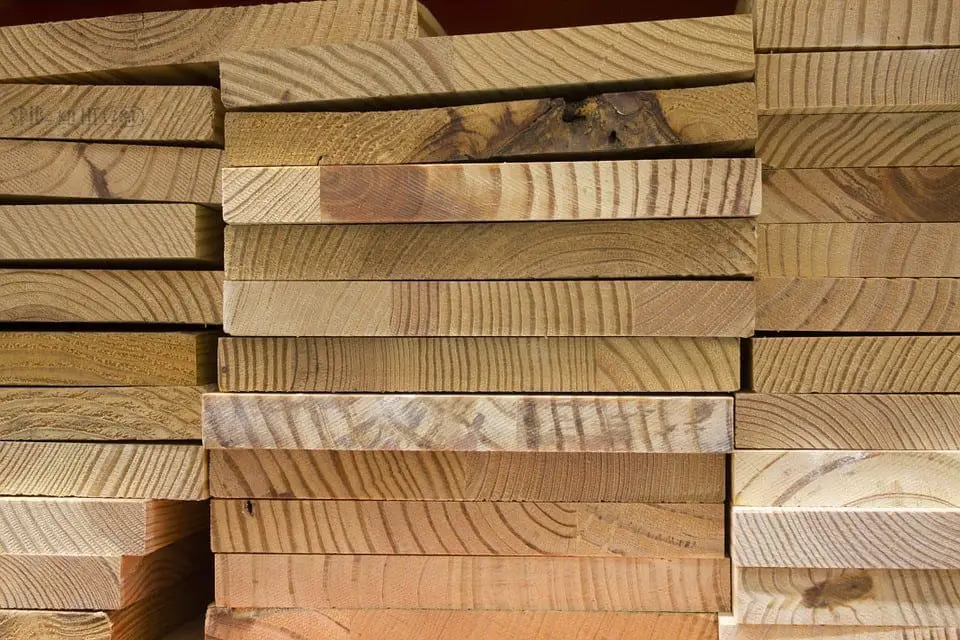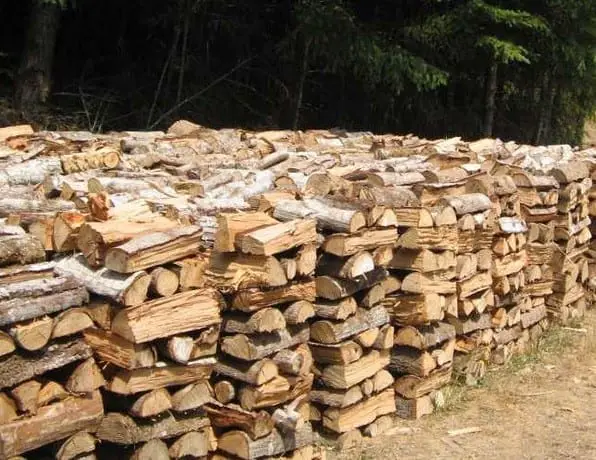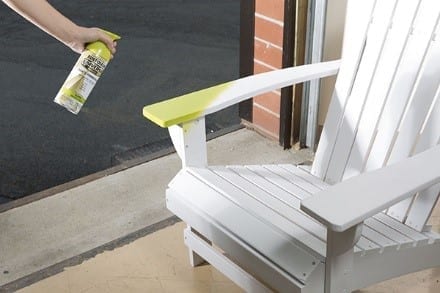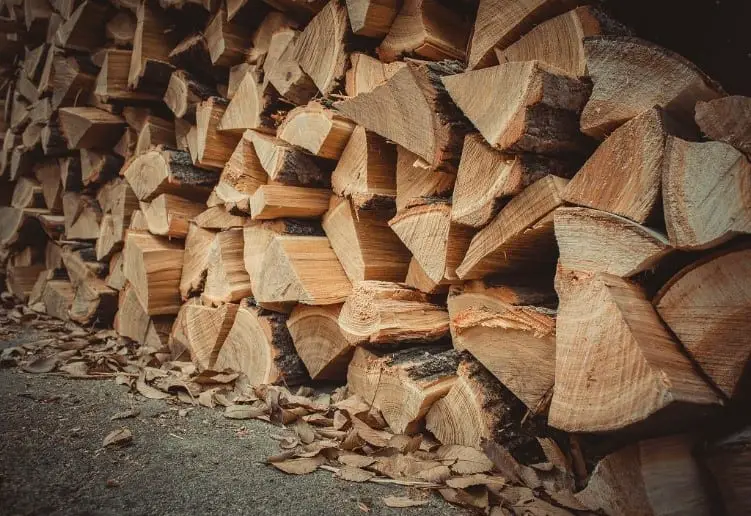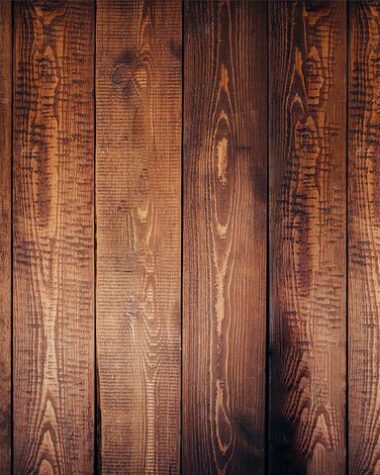It is nice to light up your fireplace to keep you warm when the weather is freezing cold. We usually throw any wood or log that’s handy into the fire. While this is a normal practice, you need to be careful throwing treated wood into the fire.
Can you burn treated wood?
What are the possible effects of burning treated wood?
Let this article be your ultimate guide so you can better handle treated wood with safety and environmental concern.
Effects of Burning Treated Wood
Never throw pressure treated wood on the fire, in your fireplace, or in your fire pit outdoors. The treated wood can release harmful or toxic chemicals dangerous to health.
In fact, pressure treated wood has wood preservatives including pesticides which are used in extending the lifespan of the wood.
The chemicals help in reducing wood-eating insects, rot, and weathering. If you burn treated wood concentrates, they release preservative chemicals in smoke and ash, posing environmental and health risks.
Tips and Tricks When Handling Treated Wood
Do not burn treated wood. Determine if the wood is treated because it usually contains stains or dyes in different shades of green or brown. Today, CCA (Chromated Copper Arsenate) treated wood is no longer sold in residential settings, however, it may still available in older buildings or structures. This type of wood should not be burned.
In many places, burning treated wood is illegal because treated wood releases carcinogenic and toxic components to the air. These harmful substances can also affect the groundwater by ash leaching with dioxins and arsenic.
Treated wood shouldn’t be burned in fireplaces, outdoors, and stoves, because produced toxic chemicals as part of the ash and smoke can be harmful to human health if inhaled. While it’s legal to dispose of treated wood in the landfill, it is always best to re-use it.
How to Recognize Treated Wood
Treated wood products are usually grape stakes, railroad ties, fence posts, pilings, and foundation plywood. The chemicals that are usually used as a wood preservative include CCA or Chromated Copper Arsenate, ACA or Ammoniacal Copper Arsenate, pentachlorophenol, and creosote.
Treated wood is chemically treated, either pressure treated or on the surface, to prevent rot or biological degradation while in contact with water or soil. These chemicals are not harmful when they are intact in the wood. However, they can be very harmful when burned.
Treated wood is usually recognized because of the end-tag marking on it, like an ink stamp. Pressure treated wood has slit-like surface markings. It is often dark brown or green in color. Surface treated wood usually have a different exterior color than the inside.
Be aware of the environmental laws in your locality. In some places, any person caught burning treated wood can be charged with a misdemeanor, being liable for fines and severe civil penalties.
Common applications of Wood Chemical Treatments
Pentachlorophenol is widely used for treating and bridge timbers, utility poles, freshwater pilings, and glue-laminated beams. It is prepared by chlorine reaction with phenol in high temperatures. Dioxins are a byproduct of burning and are considered designated carcinogen, which increases cancer risk exposure.
Creosote is used in utility poles, pilings, and railroad ties. Creosote is a by-product of coal used in the manufacturing of steel. Ammoniacal copper arsenate (ACA) or Chromated copper arsenate (CCA). They prevent termites infestation and decay. They are used in treating grape stakes, playground equipment, fences, gazebos, pilings, and landscaping applications. These are also considered as carcinogens.
A 2 by 6 inches 12-foot wood board that is CCA treated contains 27 grams of arsenic that can kill 25 adults. Burning will not kill arsenic and a CCA wood fire makes a lethal dose. Arsenic is odorless and tasteless. Burning CCA is illegal in 50 states. Children suffer from seizures and family member may suffer from extreme fatigue, recurring nosebleeds, and headaches.
Conclusion
Burning treated wood is not good. You need to properly discard treated wood not in used or used it for a different application instead. Remember, that CCA wood should never be burned because they pose danger to human health. Think again if burning treated wood is your usual practice. Do you find this post very helpful? Like and share this post and comment below.
Sources
https://www.newswire.ca/news-releases/information-update—never-burn-pressure-treated-wood-572231651.html
http://www.lcaqmd.net/DangeroustoBurnTreated.htm
https://www.arboristsite.com/community/threads/reasons-why-we-dont-burn-pressure-treated-wood.71229/
